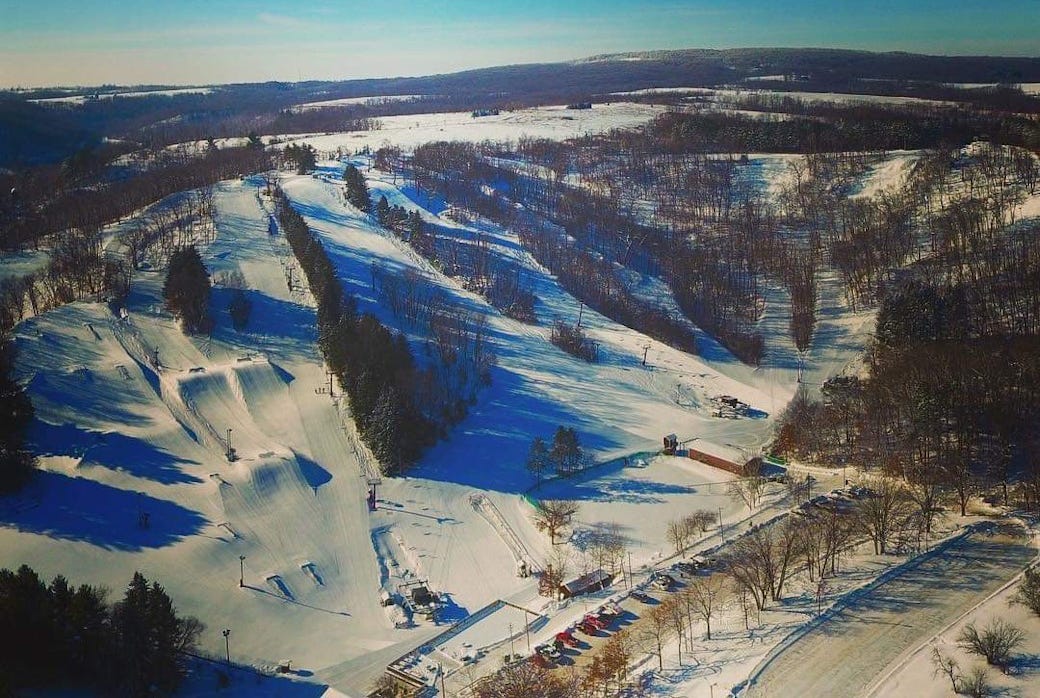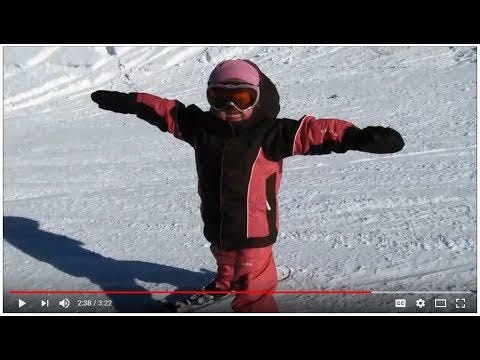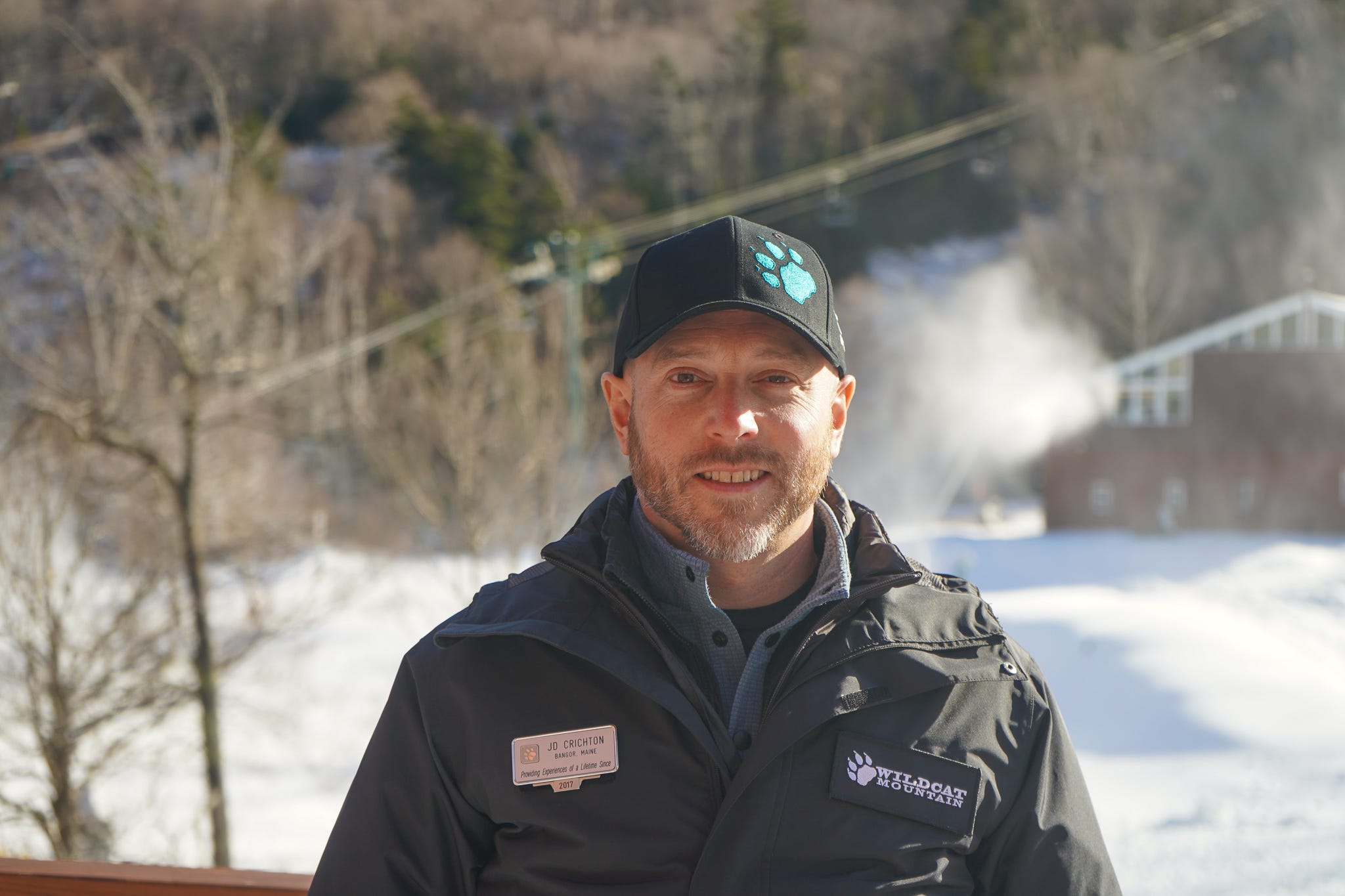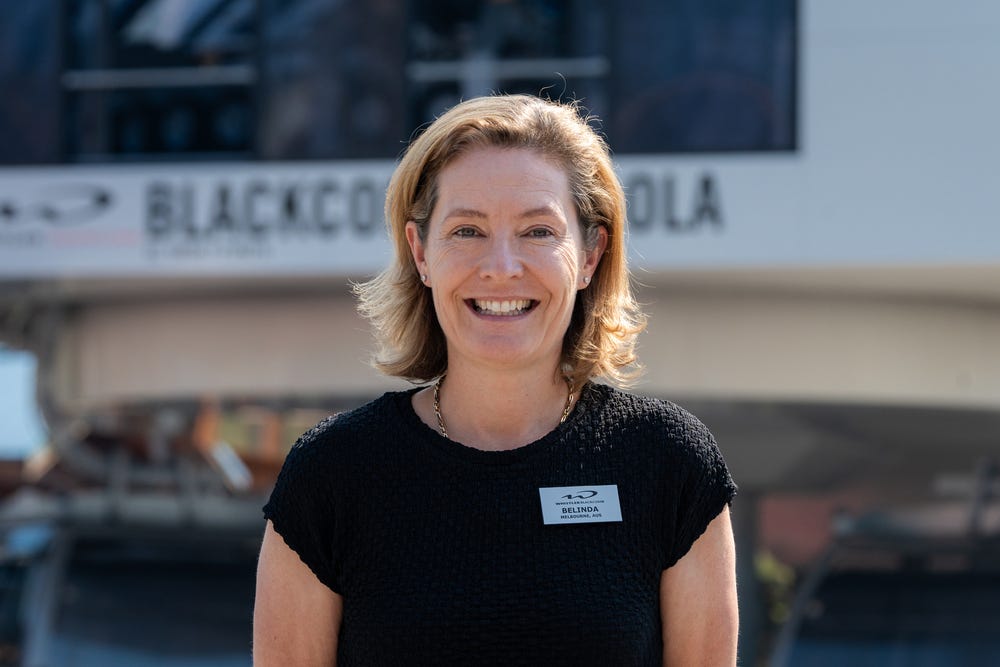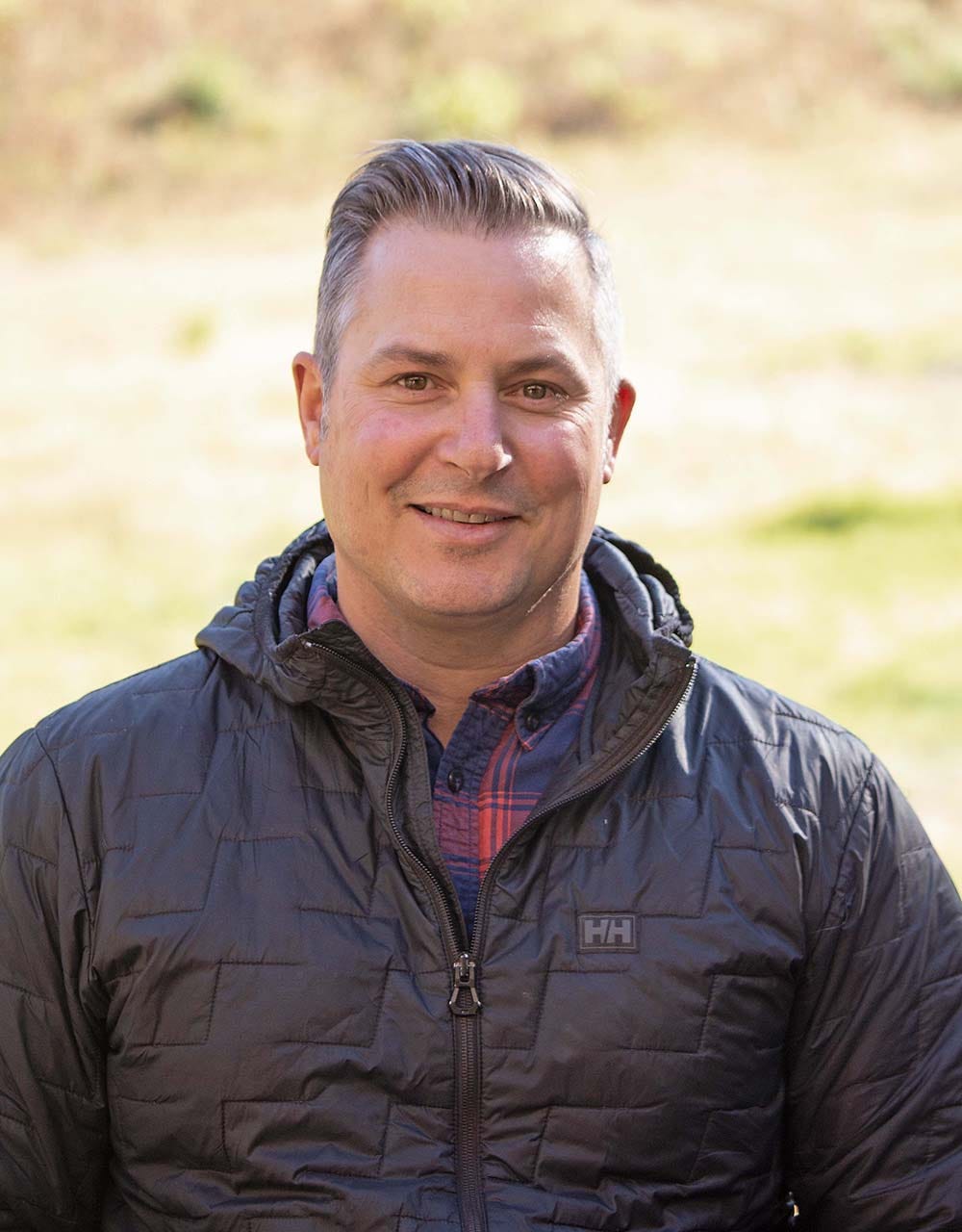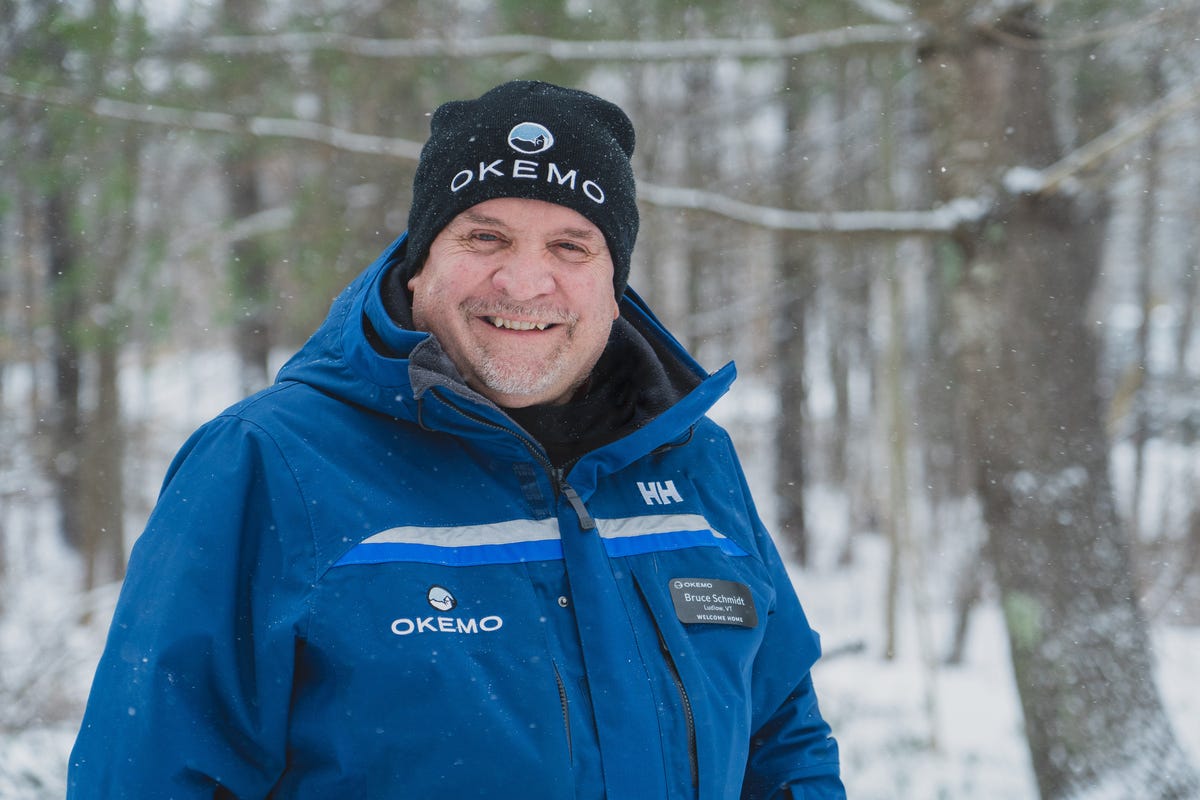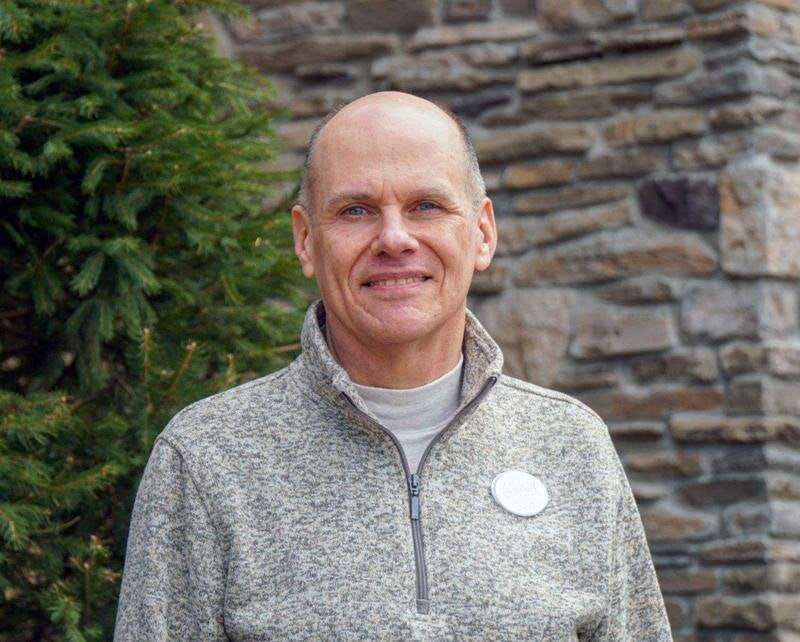Podcast #172 : Tyrol Basin Owner & General Manager Nathan McGree
Description
This podcast hit paid subscribers’ inboxes on May 20. It dropped for free subscribers on May 27. To receive future pods as soon as they’re live, and to support independent ski journalism, please consider an upgrade to a paid subscription. You can also subscribe to the free tier below:
Who
Nathan McGree, Owner and General Manager of Tyrol Basin, Wisconsin
Recorded on
April 29, 2024
About Tyrol Basin
Click here for a mountain stats overview
Owned by: Nathan McGree
Located in: Mt. Horeb, Wisconsin
Year founded: 1958
Pass affiliations: Indy Pass and Indy+ Pass – 2 days, no blackouts
Closest neighboring ski areas: Blackhawk Ski Club (:21), Devil’s Head (:46), Cascade (1:00 ), Christmas Mountain Village (1:02 )
Base elevation: 860 feet
Summit elevation: 1,160 feet
Vertical drop: 300 feet
Skiable Acres: 40
Average annual snowfall: 41 inches
Trail count: 24 (33% beginner, 25% intermediate, 38% advanced, 4% expert)
Lift count: 7 (3 triples, 2 ropetows, 2 carpets – view Lift Blog’s inventory of Tyrol Basin’s lift fleet)
Why I interviewed him
When you Google “Tyrol,” the expanse of Italian and Austrian Alps from which this Wisconsin bump draws its name, the robots present you with this image:
That is not Wisconsin.
According to On The Snow, Tyrol Basin recorded two inches of snowfall during the 2021-22 ski season, and 15 inches the following winter. I don’t know if these numbers are accurate. No one runs, like, the Southern Wisconsin Snorkel Dawgs Facebook group as a secondary verification source. The site pegs Tyrol’s average annual snowfall at 30 inches. That’s not even a powder day at Alta. Indy Pass offers a more generous 51. A site called “GottaGoItSnows.com” lists four feet (48 inches), but also offers, as its featured photo of the ski area, this grainy webcam screenshot, which appears to feature two mis-wired AI bots about to zigzag into one another:
But it doesn’t really matter what Tyrol Basin’s average annual snowfall is, or how much snow fell in either of those two winters. The ski area logged a 114-day season during the 2021-22 campaign, and 124 over the winter of 2022-23. That’s an outstanding season, above the NSAA-reported industry averages of 110 and 116 days for those respective campaigns. It’s a particularly respectable number of ski days when a season pass starts at $199.99, as it did last year (McGree told me he expects that price to drop when 2024-25 passes go on sale in July).
No one offers 114 days of skiing on two inches of natural snow by accident. You need what the kids (probably don’t) call “mad skillz ya’ll.” Especially when you offer a terrain park that looks like this:
What’s going on here? How can a snow-light bump 28 miles west of Madison where snowsportskiing ought to be impossible offer nearly four months of something approximating winter? That the answer is obvious (snowmaking) doesn’t make it any less interesting. After all, put me at the controls of a $106-million Boeing 737, and I’m more likely to crash it into a mountain than to safely return it to the airport – having access to technology and equipment is not the same thing as knowing how to use it (not that I have access to an airplane; God help us). Tyrol Basin is the story of a former diesel mechanic who ended up owning a ski area. And doing a hell of a nice job running it. That’s pretty cool, and worth a deeper look.
What we talked about
Coping with a crummy Midwest winter; climate change resilience; a beginner-area expansion; the legend of Dave Usselman; how to create an interesting ski experience; a journey from diesel mechanic to ski area owner; the hardest thing about running a ski area; why ski area owners have to live it; “during winter, it’s a hundred-day war”; why owning a ski area is “a lot like farming”; evolving into a year-round business; why mountain biking isn’t happening at Tyrol; why season pass prices will decrease for next ski season; how snowtubing roiled a Wisconsin town; how a dairy barn became a ski chalet; expansion potential; the hardest part about building terrain parks; high-speed ropetows; the lost ski area that McGree would like to revive; $2 PBRs; and the Indy Pass
Why I thought that now was a good time for this interview
Roughly six years ago, a 33-year-old former diesel-mechanic-turned-haunted-house-purveyor cashed out his retirement account, mortgaged his house, and bought a ski area.
“I have no ski-business background whatsoever,” Nathan McGree told the Milwaukee Journal Sentinel at the time. Perhaps an alarming statement, but he followed that with what may be the pithiest five sentences I’ve ever read on how to successfully run a small ski area:
“In order for this place to function well, it needs an on-the-ground owner who is involved in everything,” he said. “I’m the bookkeeper, I’m helping make snow and I can groom the slopes, too. In the past, the general manager would have had to go to the four owners who fought among themselves and were incredibly stingy when it came to running and investing in this place.
“Now, if we need a sump pump or something like that, Andy Amacher, my assistant general manager, and I make a decision and go to Menards or wherever and just get it. The old owners are out of the picture entirely now.”
McGree immediately cut new glades and added more night-skiing lights. He cranked the snowmaking dial to 11. Since then, he’s built a tubing hill, added more runs, refurbished the chairlifts, and added a new carpet. Sometimes there’s even a halfpipe – an enormously expensive and complex feature that even the largest ski areas rarely bother with these days.
Constant improvement and commitment to a great product. If there are two things that will keep fickle skiers with plenty of other options (the larger Cascade and Devil’s Head ski areas are just a touch farther from Madison than Tyrol), it’s those two things. That McGree understood that on Day Zero helped. But it didn’t guarantee anything. Running a ski area is hard. Because of the weather and because of the equipment and because of the costs and, especially, as McGree discovered, because of (a small but irritating percentage) of the professional complainers who show up to ski/hate-post on StreamBook. But you can make it easier, in the same way you can make anything easier: by thinking ahead, fixing things before they’re broken, and embracing creativity over rigidity - and doing all that with a focus that seems unreasonable to observers.
Places like Steamboat and Palisades Tahoe and Jackson Hole and Vail Mountain and Killington are run by something approximating armies: marching soldiers numbering sometimes in the thousands, highly organized and with well-defined roles. But there are hundreds of ski areas across America with no such resources. Highly skilled and capable as they may be, the people running these places summersault through the season with no clear expectation of what the next day will bring. Like Batman, they have to drop in with a loaded utility belt, ready to grapple with any quirk or mishap or crime. Ski areas like Teton Pass, Montana; Great Bear, South Dakota; or Granite Gorge, New Hampshire. And Tyrol Basin, where, six years in, McGree has earned his cape.
Questions I wish I’d asked
Tyrol Basin has a pretty cool four-week kids’ program: at the end of the sessions, the ski area gives participants a free season pass. I’d liked to have talked about that program a bit and how many of those kids kept showing up after the lessons wrapped.
Why you should ski Tyrol Basin
Tyrol Basin’s trailmap undersells the place, presenting you with what looks to be a standard clear-cut Midwestern bump:
In reality, the place is amply treed, with well-defined runs etched into the hill (a feature that McGree and I discuss on the podcast):
Trees help, always. I am not a huge fan of bowl skiing. Such open spaces make big mountains feel small. That’s why I asked Big Sky GM Troy Nedved whether the resort would continue to keep a six-pack running up Powder Seeker (after moving the tram), when it only served two marked runs, and he was like “Bro there’s like more skiable acreage

